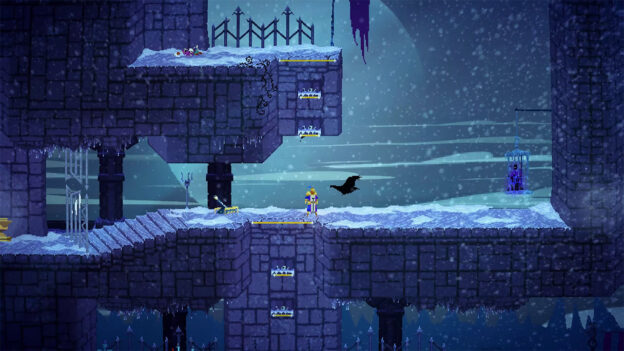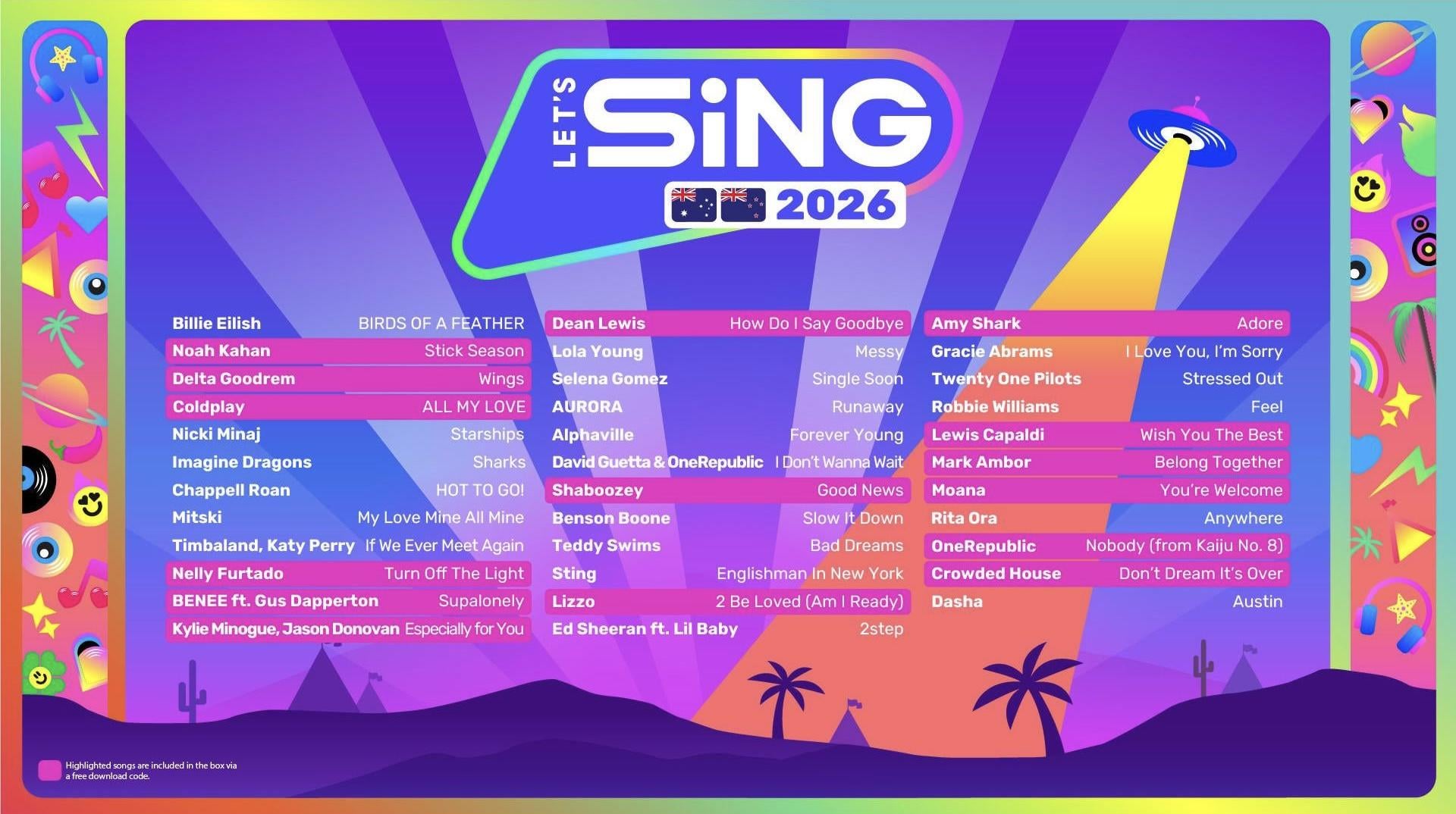Review: Into the Restless Ruins (Nintendo Switch)

Today’s game is a deck built dungeon crawl. That’s right, you get to build your own dungeon. The cards limit what you can build each day, so build wisely. The ruins aren’t the only restless thing in this game, however, so let’s take a look at what is going on with Into the Restless Ruins.
Per usual, I’ll start with what you see and hear. This game is another in the crowded, pixelated, retro crowd. Given the nature of the game, this is not all bad or a hindrance to playing; it suits the general theme. The sounds fare a bit better. The background music is pleasant, even if it’s a bit bland. The Restless Ruins didn’t blow me away with the video or audio, but they do the job.
As for the controls, we get a fairly intuitive use of the joysticks and buttons. Things move smoothly and at a comfortable pace, such as selecting, rotating, and placing new areas on your map (more about this later). The controls to get around and build your map are quite well done and provide a pleasant playing experience.
Now for the fun part—“What’s going on here, and why are the ruins so restless?” Here’s where some things come together and start making sense. The theme of this game is based on elements of Scottish lore. The ruins are restless because you have to build them. I hear you; “Ruins you have to build don’t make sense, Temple!” I know, but you have found the ruins and have been asked by a mysterious Harvest Maiden to explore them and harvest as much Glimour for her as you can. You are provided some cards with a random selection of rooms, hallways, corners, and so on. You use these to build a map in which you can harvest some Glimour, find relics to trade with the Hen Wife, and have some other fun typically found in haunted ruins.
Building the ruins happens at the start of each new day. You are given five cards and a set number of build points. You may not have enough points to use all the cards, so choose carefully. Placing the cards is easy, but it involves five steps: 1.) use the left joystick to scroll through your cards. 2.) press A to select the card you want to use, 3.) Use the right joystick to move it around the map, 4.) rotate the room to match the doorway and line things up the way you want them (optional), and 5.) press A to fix your choice on the map.
It may sound a bit plodding, but it really goes smoothly and quickly. The screen scroll rate for moving the room around the map is quite well done; positioning doesn’t move so fast that it becomes a twitchy thing or so slow that your brain is shouting, “Let’s go already!” Another reason to be careful with new ruins placement is that there are some fixed rooms already on the map, and you need to build your way to them. You don’t know what’s in them because of the “fog,” but the connections/doors will need to line up for you to get there.
Once you have your ruins all mapped out for the night, you have to run through them and harvest Glimour for the Maiden (for which you’ll be rewarded).
There is really only one speed at which you make your way through the ruins, so I use “run” a bit loosely. But you will need to make haste to finish your run and return to the exit portal.
The only light you have is your torch, and it doesn’t last long. There are rooms you can add to the ruins to recharge your torch, but only a little bit. When the light goes out, you start losing health points until you either get to the exit portal or you die. Once you have added new rooms to the ruins and are ready to start your harvest, it is a good idea to make mental notes of the path you want to take. After you’ve started your run, you don’t see large portions of the map; you only get to see just beyond your torchlight, so don’t get lost.
Each night you harvest in the ruins, the game adds 1 to your skull count. When the skull counter gets full, you die. On the upside, the game will throw you a card to purge a few skulls. The count is displayed at the top of the screen as a status bar. There are two other status bars for torch life and health points. These are useful, but when you’re running around a maze in the dark, there isn’t much time to study them. Some of the other stuff you can use in the ruins include buffs to weapons, stats, etc. Part of the strategy of the game is placing resource rooms where you are most likely to need them, like placing rooms with a torch recharge to extend your harvest run.
I was a bit skeptical with the whole deck-of-cards-to-build thing, but it works well and, once you get started, makes sense. The game plays well in handheld mode and when docked. Gameplay has some complexity to keep things interesting, but not so busy that it risks losing the players’ interest. I found it easy to get going and to keep going, which is a big plus for me. Yes, I would appreciate some more refined graphics, but the retro look works fine with the game’s theme. Everything considered, this is a good game and fun to play.







